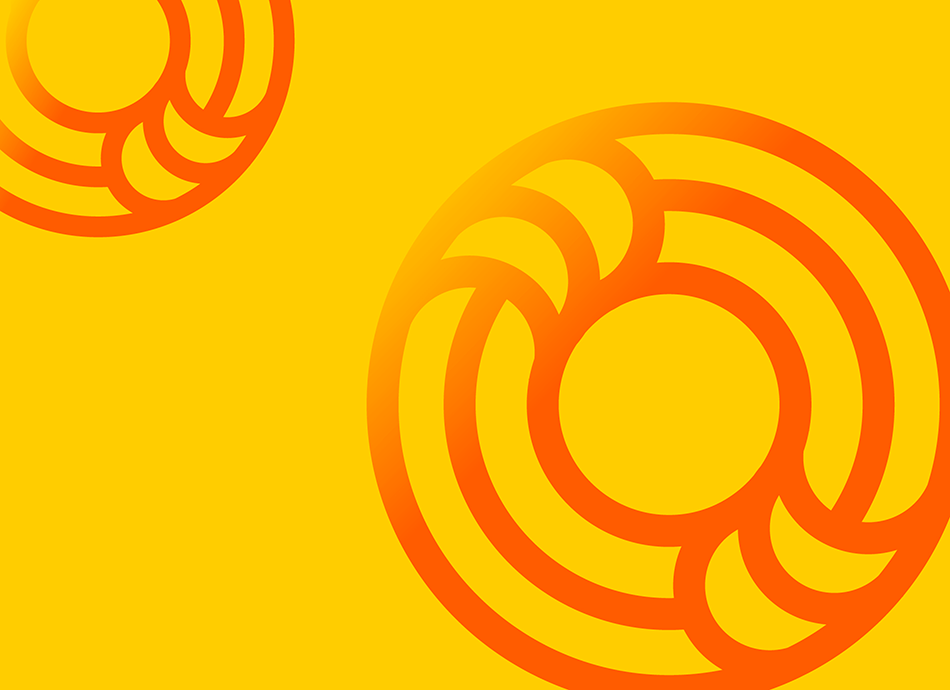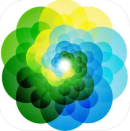Wishing everyone a safe and happy Christmas and New Year – Meri Kirihimete from the Healthify team.
Skin check apps
Also called melanoma detection apps
Skin check apps
- Skin check apps are used to detect skin changes. There are a variety of different types of skin check apps especially to detect melanoma.
- It's important that these apps are used with caution and don't replace advice from your healthcare provider when you notice any changes to your skin or moles.

Skin check apps are mobile tools that help you keep an eye on your skin. Some let you take photos of moles or spots on your skin and track changes over time. Others use artificial intelligence (AI) to assess a photo and estimate your skin cancer risk. Some connect you with a skin specialist for an online consultation.
Melanoma is a cancer that occurs in your skin. It often appears as a new spot on normal skin or develops from an existing mole. If found early, it’s usually treatable so it’s important to check your skin regularly and talk to your doctor straight away if you notice anything new or different. Read more about melanoma and skin cancer.
There are different types of skin check apps.
- Video conferencing apps – these allow you to be be connected to a dermatologist for a consultation.
- Photo storage apps – these allow you to compare photos monthly to look for changes in a mole.
- Store-and-forward apps – these allow you to send photographs of skin lesions to a skin specialist or dermatologist for analysis and guidance on whether to get medical advice.
-
Artificial intelligence (AI) skin assessment tools – these use AI to assess a mole or spot for skin cancer risk (not diagnostic).
Tips when using skin check apps
Do (✔)
- Talk with your doctor straight away if you notice any changes to your skin or moles.
- Use an app to store and compare photos between skin checks with your doctor.
- Use apps to remind you to check your skin or protect it from the sun.
Don’t (✘)
- Don't rely on apps to diagnose melanoma or tell you a mole is safe.
- Don't delay seeing your doctor because an app says "low risk".
- Don't use apps that don’t explain how your data or photos are stored.
Before choosing an app, think about how it will benefit you and what you want it to be able to do.
- An app will only be helpful if you use it, so it needs to be something you like using and find easy to use.
- If you find the app difficult to use, or you don't like the imagery or look of it, or the language it uses, you may want to find another one that suits you better.
- Check how your data is collected, stored and used in the app, including whether it’s shared with or sold to third parties.
- For more guidance on how to choose health apps, see How to choose a health app.
| App | Features | Clinical review |
|
|
|
References
- Wolf JA, Moreau JF, Akilov O, et al. Diagnostic inaccuracy of smartphone applications for melanoma detection.(external link) JAMA Dermatol. 2013 Apr;149(4):422-6.
- Kassianos AP, Emery JD, Murchie P, et al. Smartphone applications for melanoma detection by community, patient and generalist clinician users – a review.(external link) Br J Dermatol. 2015 Jun;172(6):1507-18.
- Koh U, Horsham C, Soyer HP, et al. Consumer Acceptance and Expectations of a Mobile Health Application to Photograph Skin Lesions for Early Detection of Melanoma.(external link) Dermatology. 2019;235(1):4-10
- Ngoo A, Finnane A, McMeniman E, et al. Efficacy of smartphone applications in high-risk pigmented lesions(external link). Australas J Dermatol. 2017 Feb 27.
- Voss RK, Woods TN, Cromwell KD, et al. Improving outcomes in patients with melanoma – strategies to ensure an early diagnosis.(external link) Patient Relat Outcome Meas. 2015 Nov 6;6:229-42.
- Resneck JS Jr, Abrouk M, Steuer M, et al. Choice, transparency, coordination, and quality among direct-to-consumer telemedicine websites and apps treating skin disease.(external link) JAMA Dermatol. 2016 Jul 1;152(7):768-75.
Information for healthcare providers
See our page Skin cancer for healthcare providers.
|
Disclaimer: The NZ Health App Library is a free consumer service to help you decide whether a health app would be suitable for you. Our review process is independent. We have no relationship with the app developers or companies and no responsibility for the service they provide. This means that if you have an issue with one of the apps we have reviewed, you will need to contact the app developer or company directly. |
Factsheets – using health apps safely

How to choose a health app
Healthify He Puna Waiora, NZ

Privacy and security tips for using health apps
Healthify He Puna Waiora, NZ
Credits: Healthify editorial team. Healthify is brought to you by Health Navigator Charitable Trust.



